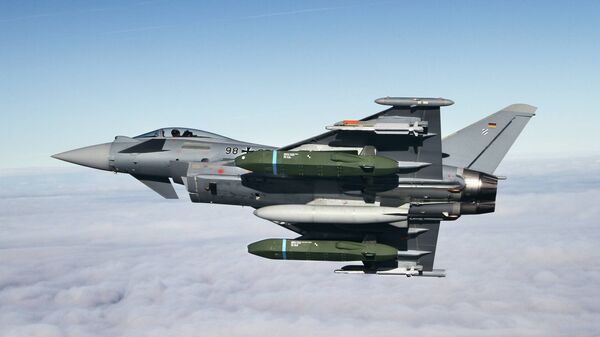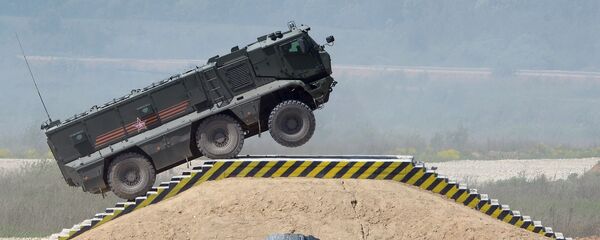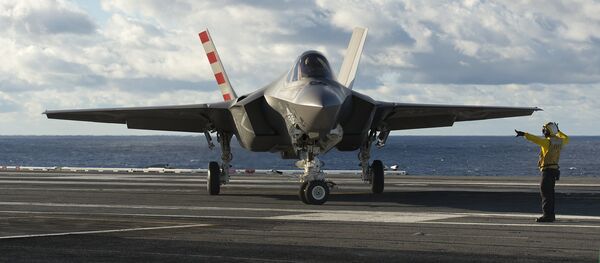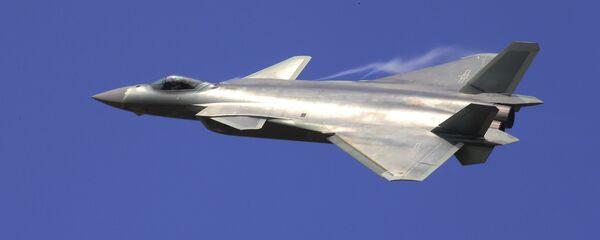Most European air crews rely on the legacy F-16 and Eurofighter Typhoon, in addition to the Tornado, but with the US becoming shakier on its commitment to NATO it may be high time for Europe to handle more of its defense requirements in-house.
Spain and Germany have already begun pouring resources into a possible pan-European fighter jet, Deutsche Welle reported Monday. Airbus defense head Fernando Alonso said “hopefully other players in the future” will contribute to the significant initial costs of designing a plane of the future, the German paper added.
From a bloc-security standpoint, condensing the spread of aircraft weapons systems with a new European-engineered and —produced combat aircraft could streamline defense operations for the 28-nation bloc, the German paper added.
As it stands, nations use many different types of aircraft. Some already have the high-tech (and frequently broken) F-35: Denmark, Italy, the Netherlands, Norway, the UK, and Turkey have all agreed to participate in the US’ Joint Strike Fighter program, according to Lockheed’s corporate website. Lithuania, however, has just one combat aircraft in its 14-plane fleet, and it came off the production line in the 1970s. Estonia, meanwhile, has no armed aircraft in its current inventory.
According to Alonso, even two or three different types of aerial weapons systems will drive inefficiencies and cost more money over time.
The German government appears to be taking a methodical, even-handed approach in considering all of its options. In addition to funding development of an Airbus-made jet, the Luftwaffe filed a request with the Pentagon for classified details about Washington’s uber-expensive F-35, and the German Ministry of Defense expressed it was conducting an "in-depth evaluation of available market solutions … including the F-35."
China could prove to be an x-factor as the aviation giant charts out possible solutions for Europe’s aerial fleet. On June 1, Beijing inked a memorandum of understanding with Airbus on aviation and aerospace, "further enhancing a spirit of cooperation," Airbus announced on its website.
These curious people did not need to wait too long. A confidential report on cyberconflict between China and the US shown to the Washington Post in 2013 stated that the $1.4 trillion F-35 program had been compromised. Leaks from ex-NSA contractor Edward Snowden confirmed that 50 terabytes had been swiped from the Pentagon — including details about the F-35’s engine design and stealth features — and ultimately ended up in Beijing’s hands.





